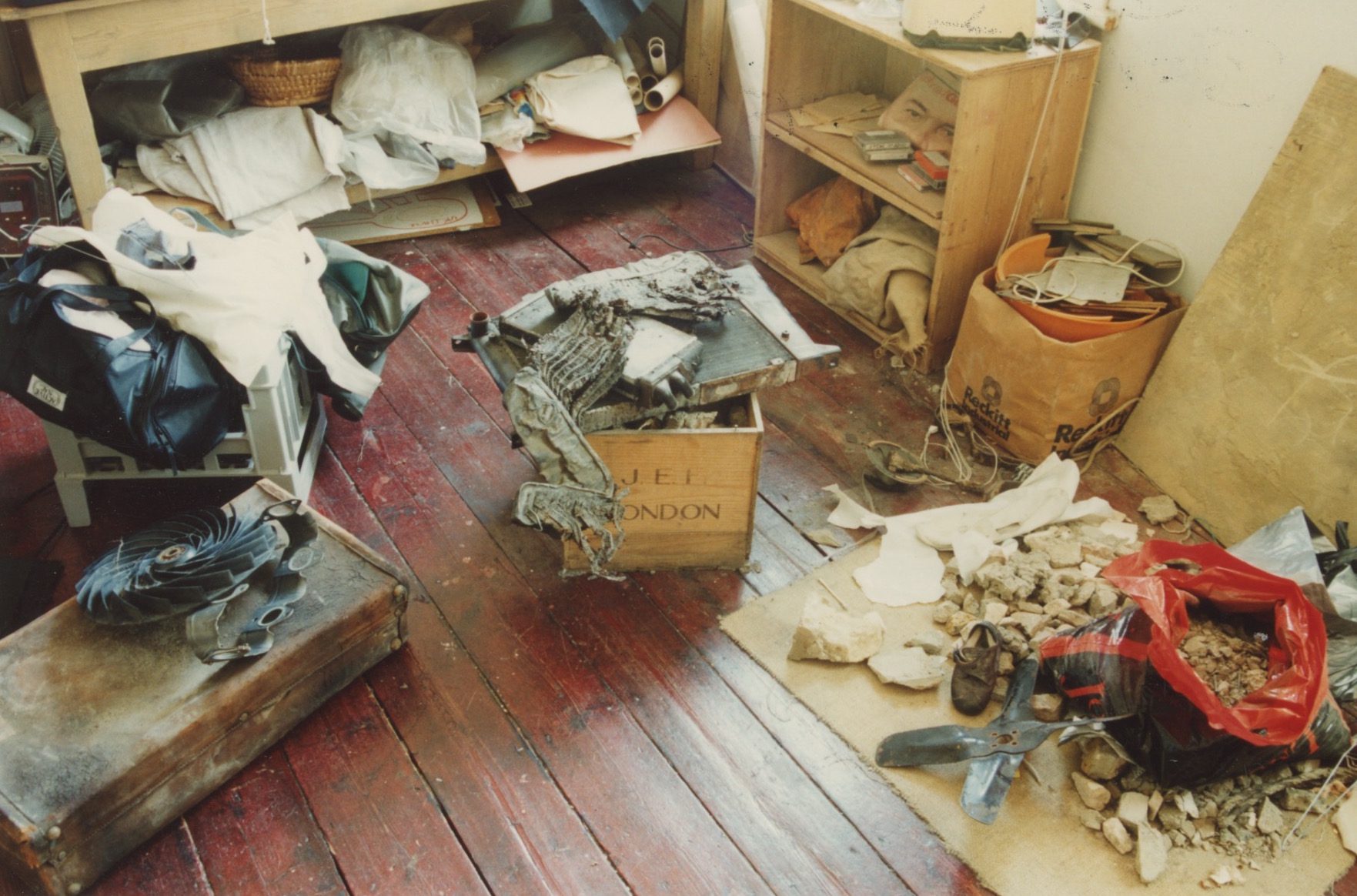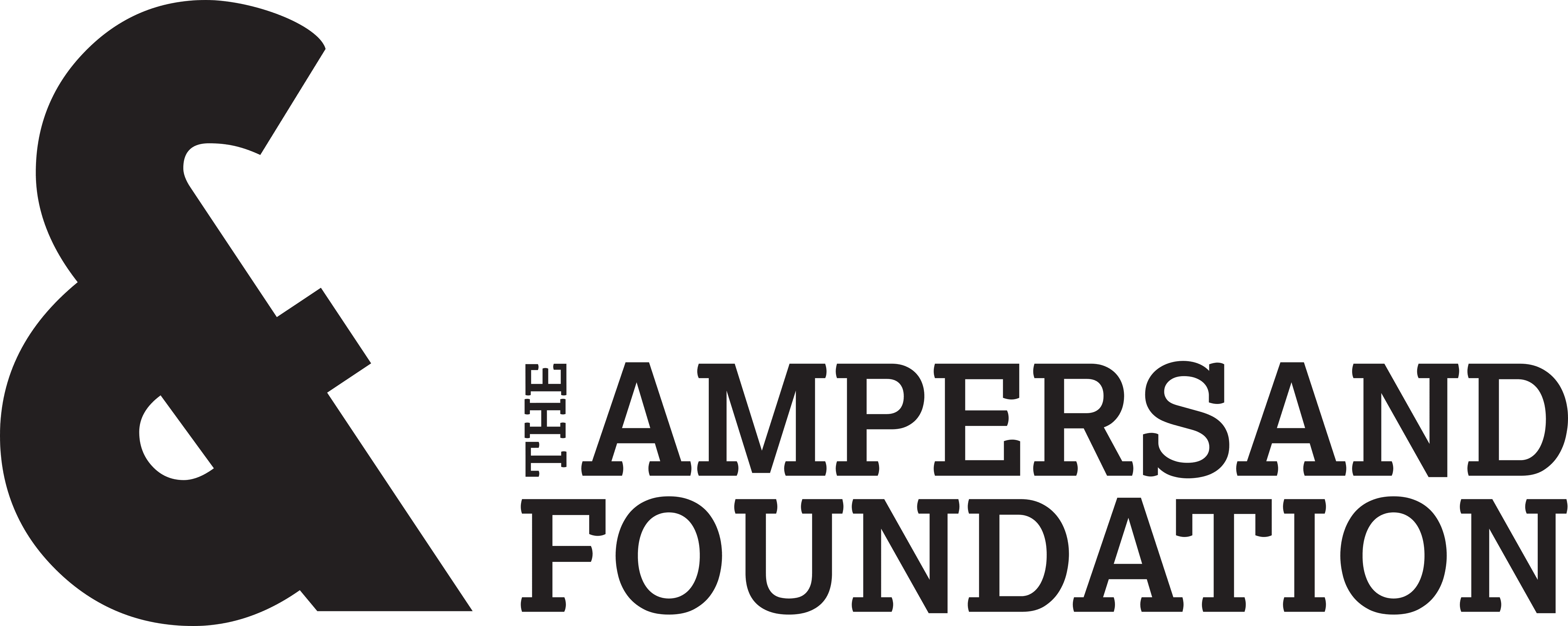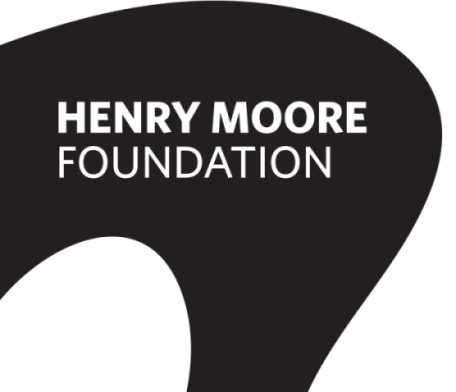Uncover female stories and explore the social impact of art through the life and work of artist-activist Barbara Steveni.
Pioneering and influential, Steveni often worked outside the art gallery creating artworks that were multidisciplinary and research based, and often took place without its participants realising. Visit I Find Myself to see some of her most influential works come back to life through restagings and artist interventions.
With a career spanning seventy years, Steveni was influential on many artists of different generations. Explore the galleries where some of Steveni’s key collaborators and those influenced by her career create new commissions responding to her work. New commissions come from Laure Prouvost, Anne Bean and Eloise Hawser.
This first retrospective exhibition of Steveni’s work is co-curated by Gareth Bell-Jones and Jo Melvin.
Born in Iran (Persia) and raised in Devon and India, Barbara Steveni studied painting at Chelsea Art School from 1948 – 1951 where she was taught by figures such as Henry Moore and Ceri Richards, and her social circle included notable artists such as Elisabeth Frink. It was at Chelsea that she met John Latham, whom she married in 1951. While she took an investigative approach to her art practice throughout life, it was only in later years, however, that Steveni recognised the significance of her contributions and reflexive potential as an artist.
In the mid 1960’s Steveni and Latham hosted many prominent international artists at their house in Holland Park such as Daniel Spoerri, Robert Filliou and Yoko Ono, with whom Steveni performed. In 1965, while searching industrial sites in London’s outskirts for scrap material for her and her guests’ artwork, Barbara had what she later described an epiphany: ‘Why aren’t we artists here inside the factories?’ With this question she conceived the idea for the Artist Placement Group (APG) and was invited by Frank Martin, head of sculpture at St Martins School of Art, to hold seminars on it. The meetings were attended by APG founding artists such as Barry Flanagan, David Hall, John Latham, Anna Ridley and Jeffrey Shaw.
From 1966 to 1982, as APG’s spokesperson, Steveni negotiated placements with corporations such as British Steel and ICI, before extending into UK government offices. APG supplied artists with an ‘open brief’ and without the need to produce a specific outcome; instead, APG encouraged exchanges between organisation and artist to generate different modes of thinking. APG’s approach became a key component of Conceptual Art, revolutionising the idea of the artist’s studio as a space of thinking and transferring it into the workplace.
The group’s 1971 Hayward Gallery exhibition ‘Art and Economics’ included a diverse forum with industrialists, financiers, artists and others, and these discussions were designated as ‘sculpture’.
In 1989 APG reformed as O+I (Organisation and Imagination), which for 20 years organised activities with an educational emphasis; teaching, and critiquing its pedagogy, was intrinsic to Steveni’s practice: she spoke of ‘engines’ – artists, curators, educationalists – who carried the DNA of APG thinking into contemporary art and society.
Barbara’s work since the 2000s involved animating recent art histories by mining her archive, designating conversation as art. Indeed, some of her last projects were through the Incidental Unit, which reignited APG’s lineage in 2016. These projects included a series of walks, ‘I AM AN ARCHIVE’, 2002–15.
Her approach continues to be an inspiration to younger artists, such as Adam Chodzko, Celine Condorelli, Laure Prouvost and Neal White. In 2009, Arnolfini hosted her exhibition ‘Beyond the Acid Free’ and in recent years, two major exhibitions have drawn attention to Steveni’s work: ‘The Individual and the Organisation: Artist Placement Group’ at Raven Row in 2012 and ‘Context is Half the Work – a partial history of the Artist Placement Group’ at Kunstraum Kreuzberg, Berlin in 2015, which toured to Summerhall, Edinburgh in 2016.
Anne Bean (b. 1950, Livingstone, Zambia). In a monograph on her work, Self Etc., 2018, the writer Dominic Johnson wrote: ’Anne Bean is a noted international figure who has been working actively since the 1960s. The art of Anne Bean makes strange our sense of time, memory, language, the body, and identity, particularly through solo and collaborative performances along a vital continuum between art and life.’ In 2022/23 she had works commissioned and shown at Turner Contemporary, Margate, the Hatton Gallery, Newcastle, Somerset House, the Whitechapel Gallery, Matt’s Gallery, Paris Photo, Photo London, as well as a solo show with England & Co at Frieze Masters. In 2023 a major work was commissioned for the Norfolk Festival In Search of the Miraculous, with a resulting exhibition at England & Co in London. A large-scale light-work Reflect was created for Lumiere, Durham. Tate purchased her work ‘Heat,’ part of Women in Revolt! 2024/25. Bow Gamelan Ensemble (1983-1990) secured a Recollect: Artists, Legacies, Futures 2024 award. Her drawing This is the Zambian Pavilion was part of the Croatian Pavilion, Venice Biennale, 2024. Her performance and photographic series All communication is Translation was part of Venice Performance Art Week 2024. She was a recipient of a Paul Hamlyn Foundation award in 2024
Eloise Hawser is a conceptual sculptor and mixed media artist. Her work seeks to locate our sometimes strained, hidden, or lost relationships with the material world, and dwells on sites and spaces which organise ‘material life’ in a consumer-saturated society.
Her particular focus on infrastructure explores the systems that discipline and shape our daily lives, whether transport networks or waste management processes. Her work considers the interplay between the histories of sites and those who have shaped them, in turn revealing how infrastructure acts to filter and organise social and material life.
Eloise’s approach involves the isolation and/or recuperation of objects and raw materials from their familiar contexts, as well as the insertion of herself into processes and spaces where artists do not usually appear. This entering-in then creates opportunities for public engagement, and her work frequently includes walks and visits to functional sites usually inaccessible to the public – and she becomes a navigator of the roles of observer, agitator, and guest. Central to her project is the sifting-through of our multiple attachments to material things – scientific, practical, emotional, and so on. This exploration has led her to research skeuomorphs, trace waste-to-energy processes, and consider medical technologies that map the human body.
Eloise has exhibited extensively in the UK and internationally, and was awarded the 2023 David and Yuko Juda Art Foundation grant. With support from Arts Council UK, her ongoing project, Press Tracker, was shown at the London Open at Whitechapel Gallery in 2022. The Tipping Hall was presented at the Istanbul Biennial in 2019 before being exhibited at the Montpellier Contemporain in 2020. Her first UK solo institutional exhibition, Lives on Wire, was presented by the ICA in 2015, followed by a major exhibition at Somerset House titled By the Deep, By the Mark three years later. Group exhibitions include History of Nothing (White Cube, 2016), Weight of Data (Tate Britain, 2015), and Surround Audience (New Museum, New York, 2015). Her work often involves public and collective engagement, such as her 800,000 Tonnes series of waste management tours with Focal Point Gallery (Southend, 2019) and her night-walk A New Way to Set (Somerset House, 2019).
Laure Prouvost (b. 1978, Lieumeconu, France) is a French artist who currently lives in a trailer in the Croatian desert. She received her BFA from Central St Martins, London and studied towards her MFA at Goldsmiths College, London. She also took part in the LUX Associate Programme. Here a long list of museums and institutions. A line, interesting things, a coma, a line, a list of residencies and prizes. Families of work have been: An Oma-je at Kunsthalle Vienna, Fondation PHI in Montreal and Remai Modern in Saskatoon, a flying grandma with birds at Nasjonalmuseet in Oslo and DePont Museum in Tilburg, Esmé Blue at Busan Biennale, Kiasma in Helsinki and La Casa Encendida in Madrid, an elastic arm hold in tight at Kunsthal Charlottenborg in Copenhagen, a Swallowing and Breathing at Van Abbemuseum in Eindhoven, a Smoking Mother at Louisiana Museum of Modern Art, a Melting Into Another at Kunsthalle Lissabon and Sonsbeek Arnhem, an Occupied Paradise at Netwerk Aalst, Deep See Blue Surrounding You at Venice Biennale, Les Abattoirs in Toulouse and LaM in Lille; a Waiting Room with objects at Walker Art Center in Minneapolis, a New Museum for Grand dad at Hangar Bicocca in Milano, A tearoom for grand ma in Derry for the Turner Prize, a new octopus ink vodka bar for Gregor at Kunstinstituut Melly in Rotterdam and Wiels in Brussels, a travel agency for an Uncle at MMK in Frankfurt, a lobby for love among the artists at Walden Affairs in The Hague and Kunstmuseum Luzern… tea bags, and wet floors and tentacles.














